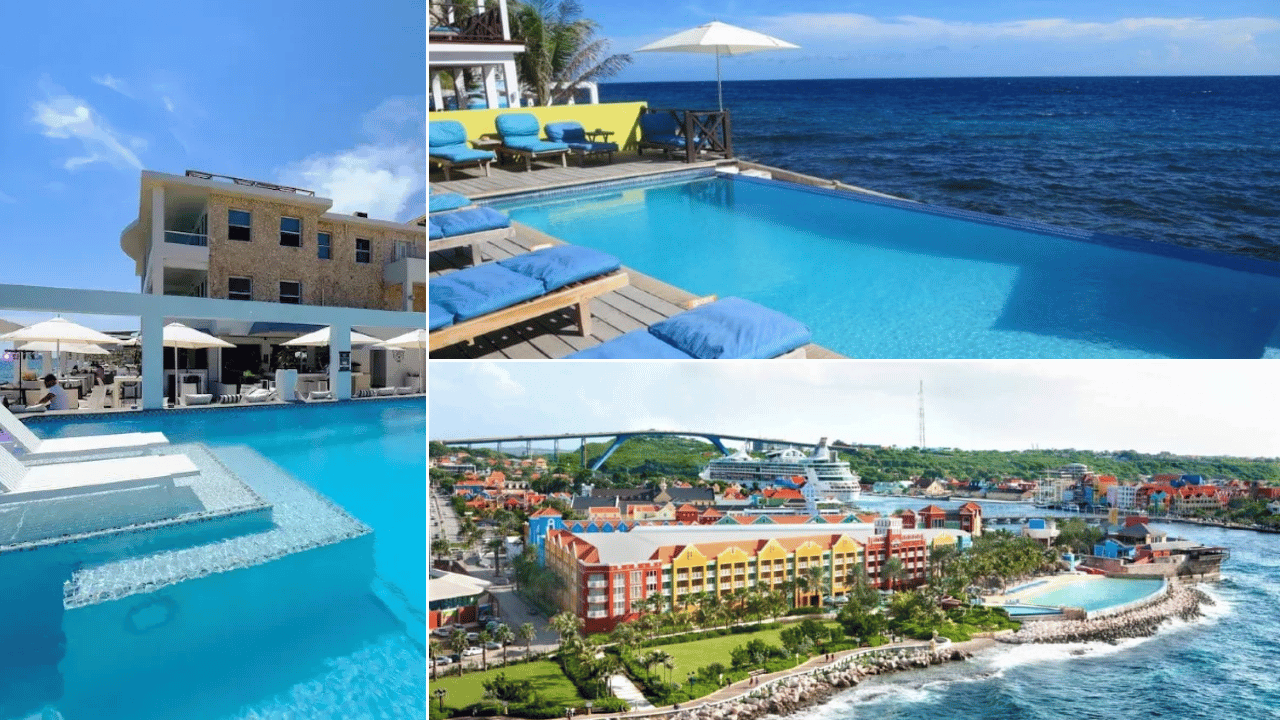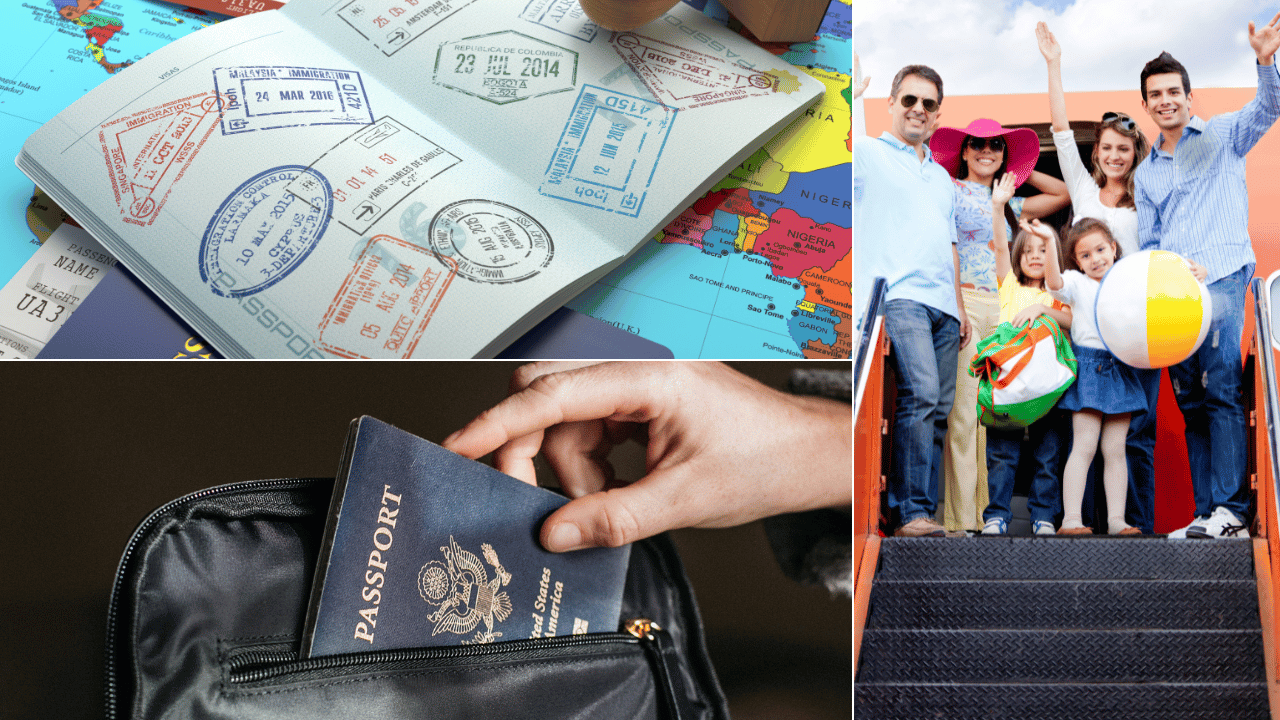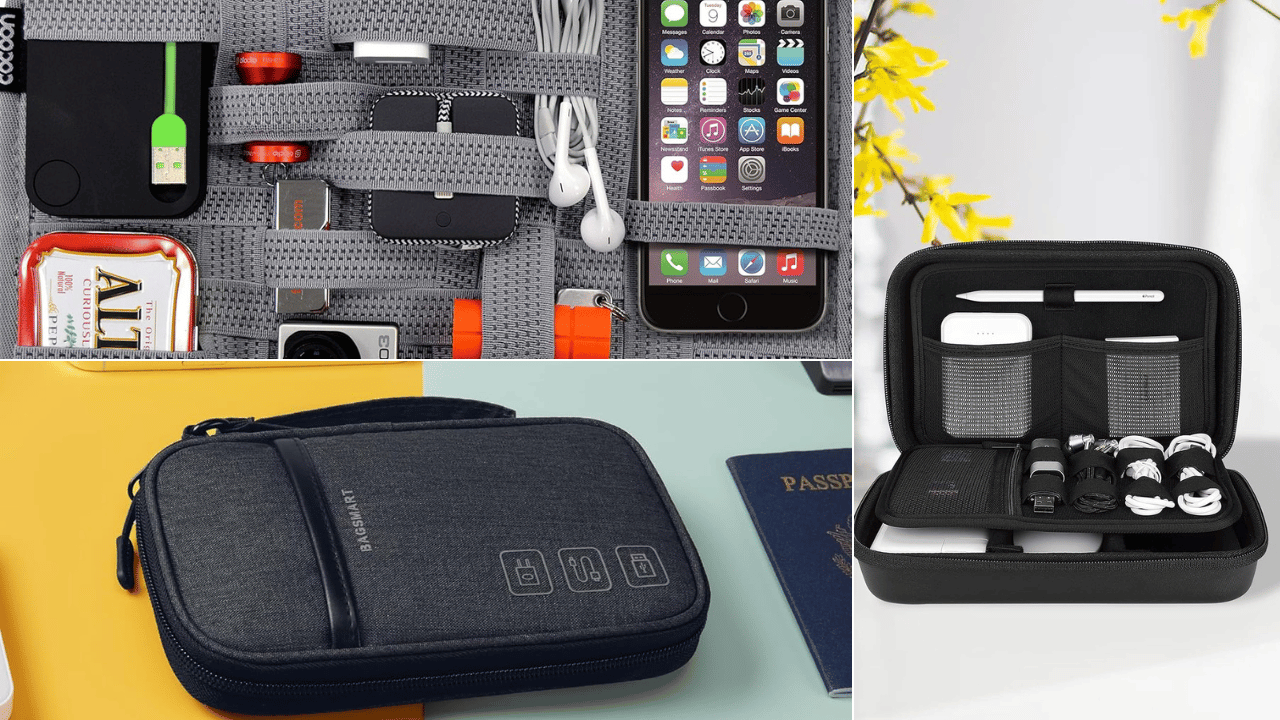Where Is Curaçao? A Guide to This Caribbean Gem
Where is Curaçao? Discover all the details about this southern Caribbean island packed with history, beaches, and cultural flair, perfect for your next adventure!
Journey Fanatics may earn a commission from qualifying purchases, but we promise the prices are still the same for you!
Curious about Curaçao? Located in the heart of the southern Caribbean Sea, Curaçao is one of the Dutch Caribbean islands packed with charm, history, and adventure. Known for its colorful capital, stunning beaches, and rich cultural tapestry, Curaçao has become a favorite destination for travel enthusiasts, vacation planners, and adventure seekers alike. Whether you're planning your next tropical getaway or simply intrigued by its unique history, here's everything you need to know about this enchanting island.
Curaçao's Location in the Southern Caribbean
Nestled in the southern Caribbean, Curaçao is part of the ABC islands (Aruba, Bonaire, and Curaçao), located near the Venezuelan coast. The island is part of the Kingdom of the Netherlands and is considered an autonomous country within this kingdom. Alongside its sister islands, it belongs to the Lesser Antilles, a chain of islands stretching across the eastern edge of the Caribbean Sea. Curaçao also shares a historical and political relationship with other Dutch Caribbean colonies such as Aruba and Sint Maarten, which were part of the Netherlands Antilles formed in 1954 and dissolved in 2010.
The island’s strategic spot just 40 miles (64 kilometers) from South America puts it outside the hurricane belt, making Curaçao a year-round destination with an average temperature of 82°F (28°C). No worries about hurricane season here—just sunshine and soft sea breezes.
A Brief History of Curaçao and the Dutch West India Company
Curaçao’s history is as vibrant as its architecture. Discovered during a Spanish expedition in 1499, it was later colonized by the Dutch West India Company in 1634. The island’s dutch government transformed it into a center for maritime trade and shipping.
Notably, Curaçao played a significant role in the slave trade, becoming a hub for the transport of enslaved people from West Africa to the Americas. Evidence of this history is still present at landmarks like the Bastian Karpata and in cultural traditions honored by locals today.
After centuries of colonial governance, Curaçao became part of the Netherlands Antilles until its dissolution in 2010, leaving Curaçao as an autonomous country within the Kingdom of the Netherlands. To this day, it balances its rich heritage with modern Dutch influence, creating a mélange of cultures that’s both intriguing and unique.
Klein Curaçao and the Sister Islands
A short ferry ride from Curaçao takes you to the tiny, uninhabited islet of Klein Curaçao (Little Curaçao), a hidden gem in the Caribbean. Famous for its pristine, deserted beaches, Klein Curaçao offers a peaceful retreat where you can immerse yourself in an unspoiled natural environment. The island’s crystal-clear waters and vibrant coral reefs make it a paradise for snorkeling, diving, and spotting tropical marine life like sea turtles and colorful fish. For the adventurous, a walk to the historic lighthouse or the shipwrecks scattered along the shore adds an extra layer of intrigue to the visit. It's the perfect day trip for those seeking both relaxation and exploration.
Curaçao’s close ties to its sister ABC islands, Aruba and Bonaire, make island-hopping an enticing option for travelers craving diverse experiences. Aruba, known for its luxury resorts and lively nightlife, contrasts beautifully with Bonaire’s tranquil beaches and world-class diving spots. For those looking to explore even more, various tours extend to Sint Maarten and other smaller, less populated islands in the Dutch Caribbean, offering a wide range of adventures from cultural exploration to serene beachfront escapes. Whether you're snorkeling off Klein Curaçao or hopping between islands, the Dutch Caribbean is full of treasures waiting to be discovered.
Must-See Spots in Curaçao
Whether it’s history, art, or natural beauty, Curaçao has something for everyone. Here are a few unmissable highlights:
For geographical context, the Virgin Islands are located near the northeastern Caribbean Sea, distinguishing them from the ABC Islands to the south.
Willemstad: The Colorful Capital
The island's colorful capital, Willemstad, is a UNESCO World Heritage Site bustling with charm. Its distinct street art, pastel-hued townhouses, and historic landmarks make it a photographer’s paradise. Wander through districts like Punda and the quirky Otrabanda neighborhood, connected by the iconic Queen Emma Bridge—a floating pontoon bridge that swings open to allow ships to pass.
Beaches and Natural Wonders
The west side of Curaçao is where you’ll find some of the island’s best beaches. Small beaches like Playa Lagun and Grote Knip are ideal for those who crave serenity, while in the west end, you'll discover wild coastlines perfect for adventurous spirits. Diving is also a major draw, thanks to Curaçao's vibrant coral reefs and sunken shipwrecks.
For breathtaking views, don’t miss Christoffel National Park—home to Mount Christoffel, the island’s highest point. You can also visit the Hato Caves, a network of limestone caves showcasing stunning stalactites and centuries-old petroglyphs.
Explore the Island
Curaçao is a treasure trove of exciting experiences waiting to be discovered. From its stunning beaches to its vibrant culture, there’s something for everyone on this enchanting island. Take a stroll through the colorful capital, Willemstad, and marvel at the unique blend of Dutch and Caribbean architecture. The pastel-hued buildings and charming streets are a photographer’s dream. Don’t miss a visit to the historic Fort Amsterdam, a 17th-century fort that now serves as a museum, offering a deep dive into the island’s history.
For nature enthusiasts, the island’s natural beauty is best explored by hiking through the Christoffel National Park. This park offers breathtaking views of the surrounding landscape and is home to Mount Christoffel, the highest point on the island. Whether you’re a history buff or a nature lover, Curaçao’s diverse attractions promise an unforgettable adventure.
Things to Do
Water Activities
Curaçao is a paradise for water enthusiasts, with its crystal-clear waters and coral reefs teeming with marine life. Dive into the island’s underwater world by snorkeling or scuba diving, where you’ll encounter vibrant coral reefs and sunken shipwrecks. For a more leisurely experience, try kayaking or paddleboarding along the serene coastlines.
A boat tour to Klein Curaçao, a small island located off the coast of Curaçao, is a must. Enjoy the stunning beaches and crystal-clear waters, perfect for a day of relaxation and exploration. For the more adventurous, windsurfing and kitesurfing are popular activities, thanks to the island’s favorable wind conditions.
Family-Friendly Activities
Curaçao is an ideal destination for families, offering a range of activities that cater to all ages. The Curaçao Sea Aquarium is a hit with kids and adults alike, featuring a variety of marine life, including sharks, rays, and sea turtles. Another family favorite is the Curaçao Ostrich Farm, where you can learn about these fascinating birds and even feed them.
The island also boasts numerous beautiful beaches, such as Cas Abou Beach and Playa Kenepa, perfect for swimming, sunbathing, and building sandcastles. With its family-friendly attractions and stunning natural beauty, Curaçao ensures a memorable vacation for all.
Curaçao’s Culture, Cuisine & Practical Tips
Languages and Multicultural Vibe
Curaçao is a true melting pot of cultures, and its diversity is beautifully reflected in the four languages spoken on the island—Dutch, Papiamentu, English, and Spanish. Papiamentu, the island’s Creole language, is particularly fascinating, blending elements of Portuguese, Dutch, Spanish, and African languages. This linguistic variety showcases Curaçao’s rich history as a crossroads of European, African, and Latin influences. Visitors will feel welcome as the islanders are friendly and often switch seamlessly between languages to accommodate tourists.
A Taste of Curaçao
Get ready for a culinary journey that will excite your palate! Curaçao’s cuisine is a flavorful mix of Caribbean, European, and Latin American influences. Savor fresh seafood dishes like keshi yena, a hearty meal of stuffed cheese filled with spiced meat, or enjoy street snacks such as pastechi, flaky pastries with savory fillings like cheese or chicken. Local food trucks, known as “trùki di pan,” are great spots to grab a late-night bite. And don’t leave without trying the authentic Curaçao liqueur, a vibrant blue spirit made from Laraha oranges, which can be sipped on its own or as part of a tropical cocktail. Dining in Curaçao isn’t just about the food—it’s an opportunity to connect with the island’s culture and traditions.
Currency and Costs
The official currency of Curaçao is the Netherlands Antillean Guilder (ANG), also called the florin. U.S. dollars are widely accepted, but it’s a good idea to have some local currency on hand for smaller purchases like snacks or souvenirs at local markets. ATMs are abundant, and credit cards are accepted at most hotels and restaurants. For budget-conscious travelers, many resorts and accommodations offer exclusive deals if you book in advance or subscribe to newsletters. Curaçao’s all-inclusive packages and seasonal discounts for lodging and excursions can make your trip more affordable while still providing a luxurious experience. [Find our favorite resorts here](#).
Beyond the Beaches
While Curaçao’s pristine beaches beckon, the island has so much more to offer beyond its crystal-clear waters and powdery sands. Dive into its history by visiting the Kura Hulanda Museum, which delves into the impact of the transatlantic slave trade and the stories of historical figures like Pedro Wakao, a freed slave who became a symbol of resilience. Explore the remnants of centuries-old forts, such as Fort Amsterdam, which once protected the island from pirates and invaders. Curaçao is also a hub of creativity—don’t miss the colorful street art that adorns the alleys of Willemstad, with murals and installations that celebrate the island’s heritage and vibrant community spirit.
Resorts and Accommodations
Curaçao offers accommodations for every type of traveler, but it’s especially renowned for its charming boutique lodgings. These smaller hotels often feature serene infinity pools, lush gardens, and a more personalized experience, perfect for those seeking both privacy and luxury. For a more immersive stay, some boutique properties are housed in restored colonial buildings, blending historic charm with modern comforts. Families can enjoy larger resorts packed with amenities like kids’ clubs and private beaches, while couples will find plenty of romantic getaways with spa services and sunset views. No matter your preference, Curaçao’s accommodations are designed to make your stay unforgettable. Check out our favorite hotels in this article.
Getting There
Curaçao is easily accessible by air, with direct flights from major cities in the United States, Europe, and South America. Airlines like American Airlines, KLM, and Copa Airlines offer convenient options to reach the island. The island’s international airport, Hato International Airport, is located just a few miles from the capital city, Willemstad, making it easy to start your journey upon arrival. From the airport, you can take a taxi, use pre-arranged shuttle services, or rent a car to reach your destination. Car rentals are available right at the airport, offering flexibility to explore the island at your own pace.
For those who prefer to travel by sea, several cruise lines such as Royal Caribbean and Carnival offer itineraries that include Curaçao, allowing you to arrive in style and savor breathtaking ocean views along the way. Cruise passengers typically dock near Willemstad, where colorful streets and historic landmarks await just steps from the port. Whether you’re flying in or cruising, Curaçao’s accessibility makes it a hassle-free destination for travelers of all preferences.
Getting Around
Curaçao is small and easy to explore, making it a traveler-friendly destination. The island’s vibrant neighborhoods, beaches, and attractions are often within walking distance in areas like Willemstad. Renting a car is a great option if you plan to venture to more remote spots, such as the rugged northern coast or secluded beaches like Playa Knip or Playa Lagun. Car rental companies are widely available, and the island is equipped with well-maintained roads and clear signage.
For those who prefer not to self-drive, taxis are readily available, although they can be pricier than car rentals for longer trips. Public transportation is an option too, with buses connecting major towns and popular areas, though they run on a less frequent schedule. Guided tours are another excellent way to explore Curaçao’s hidden gems, offering insights into the island’s history, culture, and natural beauty. For the more adventurous, bike rentals provide a unique way to see Curaçao’s scenic landscapes and coastal paths. No matter your preference, getting around Curaçao is convenient and offers plenty of ways to soak in all the island has to offer.
Why Visit Curaçao Now?
Curaçao has emerged stronger than ever in recent years, with its focus on sustainable tourism and preserving its natural and cultural heritage. The Dutch government's initiatives ensure that Curaçao remains an alluring destination for generations to come.
Whether you’re lounging on its pristine beaches, strolling the streets of Willemstad, or scuba-diving its kaleidoscopic reefs, Curaçao is a paradise offering unmatched diversity and charm.
Are you ready to plan your trip? Bookmark this guide, pack some sunblock, and get set to explore one of the Caribbean’s most captivating islands in Latin America. Your adventure in Curaçao awaits!
Happy Travels! 😄









